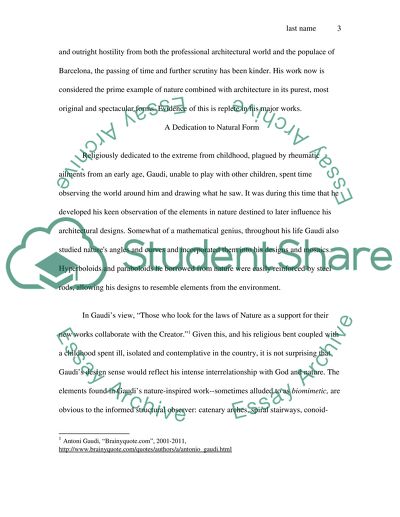Cite this document
(“Antonio Gaudi Research Paper Example | Topics and Well Written Essays - 1750 words”, n.d.)
Retrieved from https://studentshare.org/family-consumer-science/1407789-antonio-gaudi
Retrieved from https://studentshare.org/family-consumer-science/1407789-antonio-gaudi
(Antonio Gaudi Research Paper Example | Topics and Well Written Essays - 1750 Words)
https://studentshare.org/family-consumer-science/1407789-antonio-gaudi.
https://studentshare.org/family-consumer-science/1407789-antonio-gaudi.
“Antonio Gaudi Research Paper Example | Topics and Well Written Essays - 1750 Words”, n.d. https://studentshare.org/family-consumer-science/1407789-antonio-gaudi.


